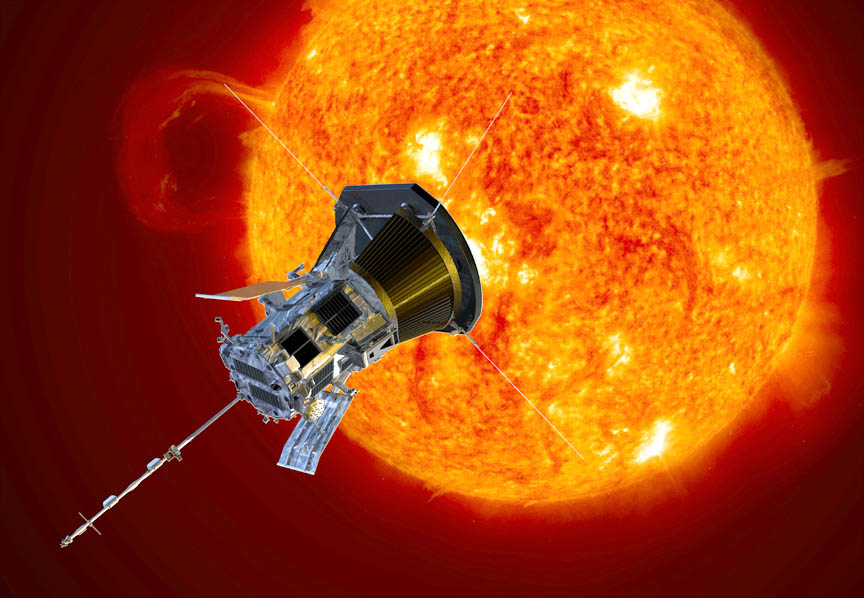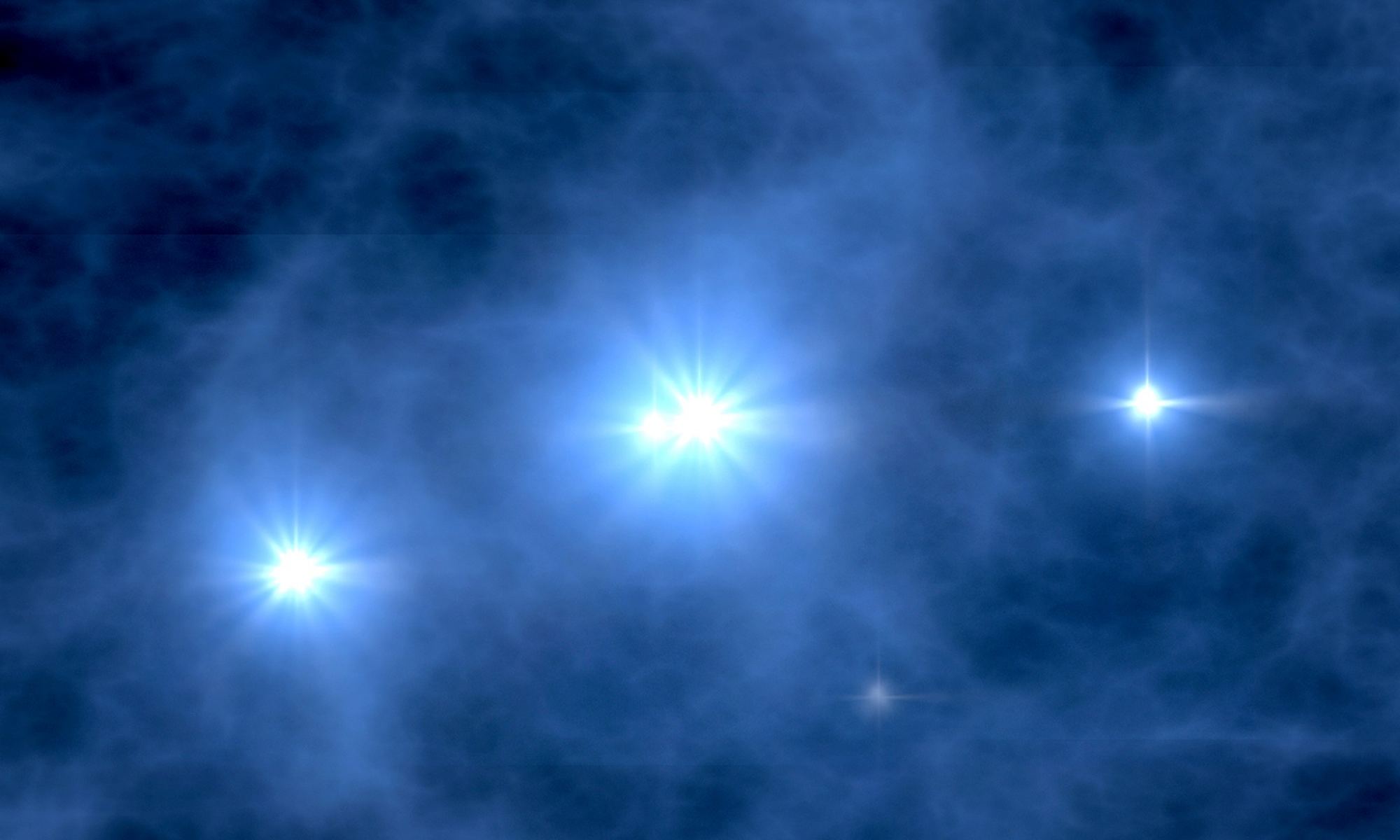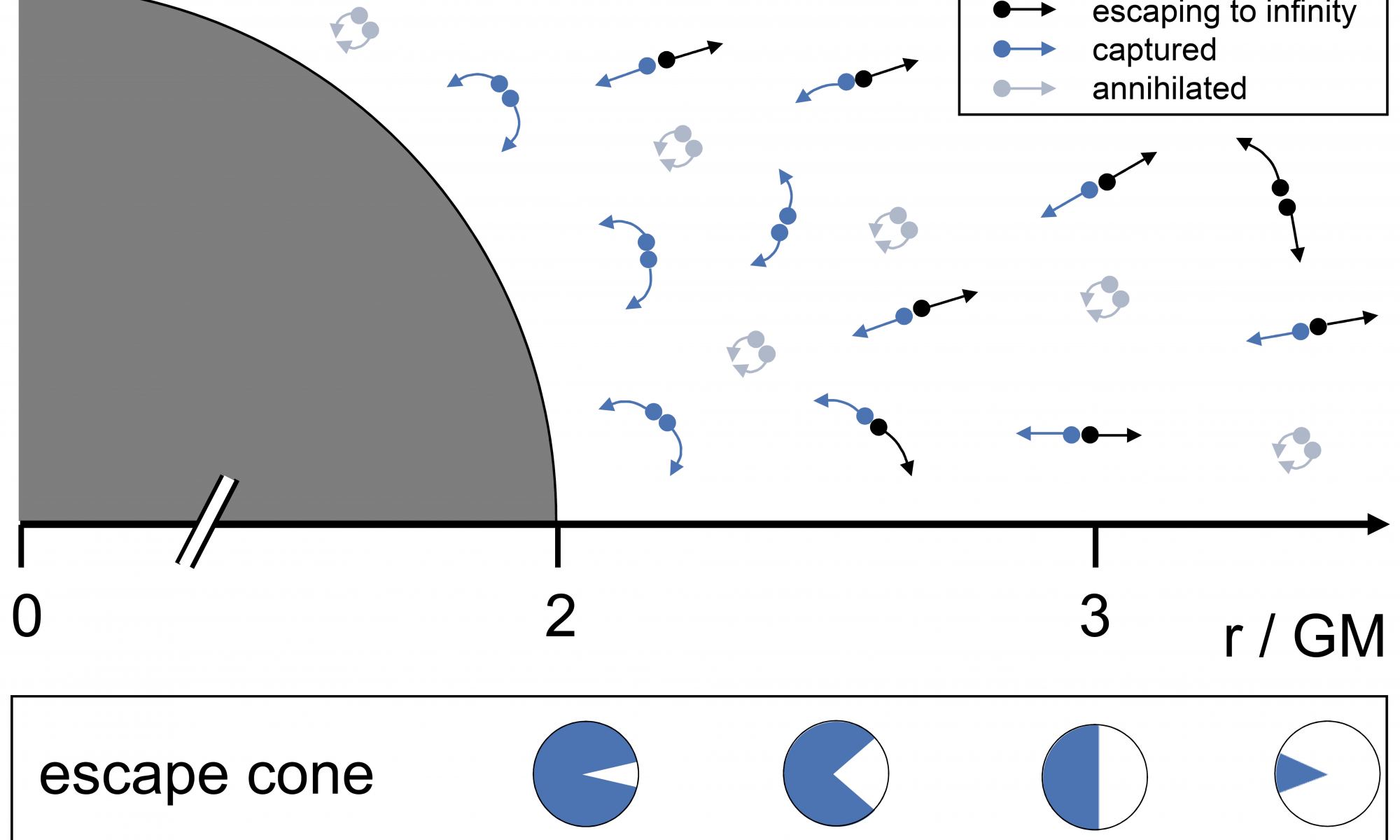Where does the solar wind come from? That’s a question solar physicists have wanted an answer to for decades. Now, the Parker Solar Probe is showing them exactly where this stream of particles exits our star on a journey out through interplanetary space.
Continue reading “Parker Solar Probe Flies Close Enough to the Sun to See the Source of the Fast Solar Wind”Has JWST Finally Found the First Stars in the Universe?
In astronomy, elements other than hydrogen and helium are called metals. While that might make your high-school chemistry teacher cringe, it makes sense for astronomers. The two lightest elements were the first to appear in the universe. They are the atomic remnants of the big bang and make up more than 99% of atoms in the universe. All the other elements, from carbon to iron to gold, were created through astrophysical processes. Things like nuclear fusion in stellar cores, supernova explosions, and collisions of white dwarfs and neutron stars.
Continue reading “Has JWST Finally Found the First Stars in the Universe?”If We Can Master Artificial Photosynthesis, We Can Thrive in Space
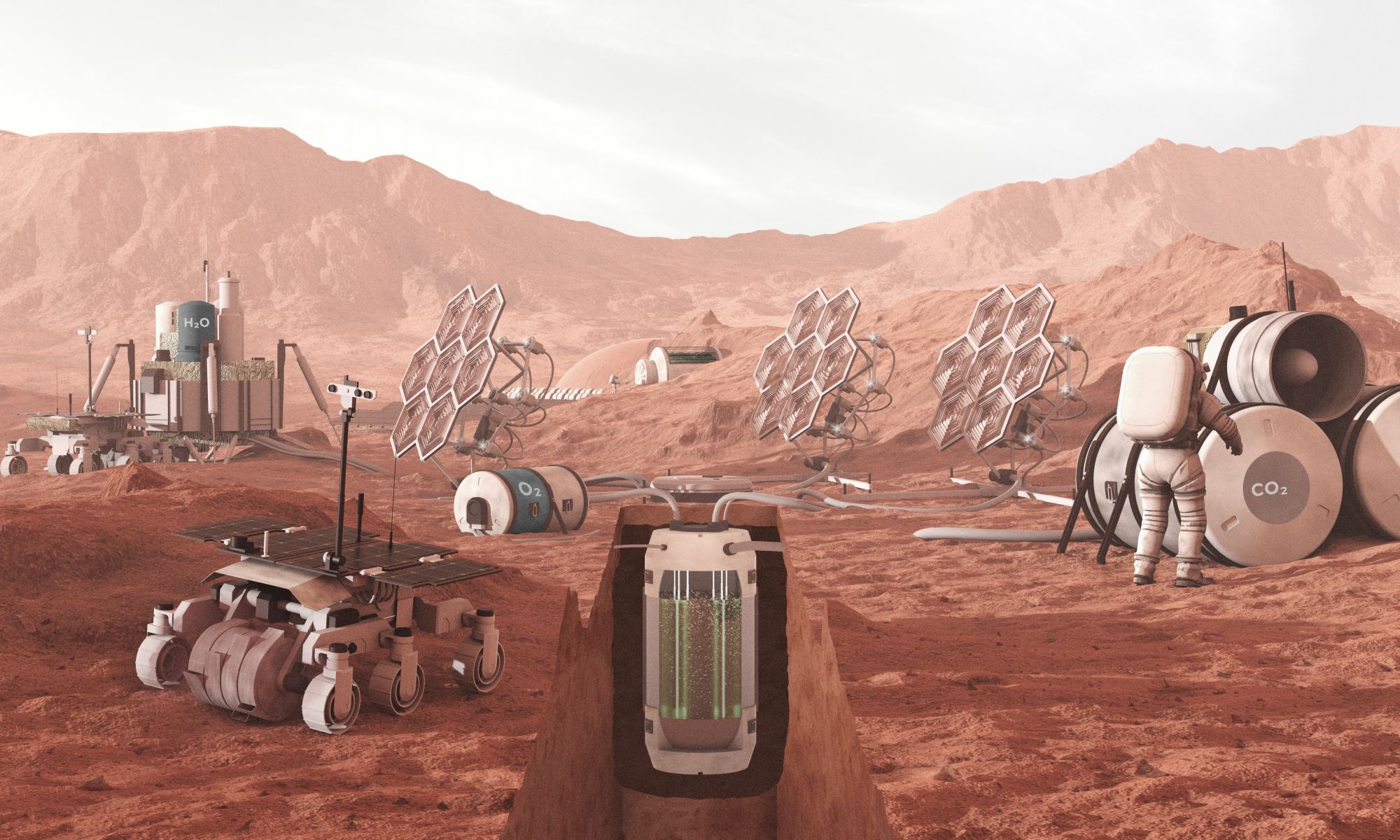
By 2030, multiple space agencies will have sent astronauts to the Moon for the first time since the Apollo Program ended over 50 years ago. These programs will create lasting infrastructure, like the Lunar Gateway, Artemis Base Camp, Moon Village, and the International Lunar Research Station (ILRS). In the ensuing decade, the first crewed missions to Mars are expected to occur, culminating with the creation of the first human outposts on another planet. Commercial ventures also want to establish habitats in Low Earth Orbit (LEO), enabling everything from asteroid mining to space tourism.
One of the biggest challenges for this renewed era of space exploration (Space Age 2.0) is ensuring that humans can remain healthy while spending extended periods in space. Foremost among them is ensuring that crews have functioning life support systems that can provide a steady supply of breathable air, which poses its own technical challenges. In a recent study, a team of researchers led by Katharina Brinkert of the University of Warwick described how artificial photosynthesis could lead to a new type of life support system that is smaller, lighter, easier, and more cost-effective to send to space.
Continue reading “If We Can Master Artificial Photosynthesis, We Can Thrive in Space”Geoengineering is Shockingly Inexpensive

Despite decades of warnings and international climate agreements, global carbon emissions are still rising. Carbon emissions seem like an unstoppable juggernaut as energy-hungry humans keep breeding and pursuing more affluent lifestyles. Reducing emissions won’t be enough to confront the climate crisis; we need additional solutions.
Geoengineering, also called climate engineering, could be the solution we seek. But is it financially feasible?
Continue reading “Geoengineering is Shockingly Inexpensive”If Black Holes Evaporate, Everything Evaporates
Hawking radiation is one of the most famous physical processes in astronomy. Through Hawking radiation, the mass, and energy of a black hole escape over time. It’s a brilliant theory, and it means that black holes have a finite lifetime. If Hawking radiation is true. Because as famous as it is, Hawking radiation is unproven. The theory is not even theoretically proven.
Continue reading “If Black Holes Evaporate, Everything Evaporates”Gemini North Returns to Service Just in Time to See a New Supernova
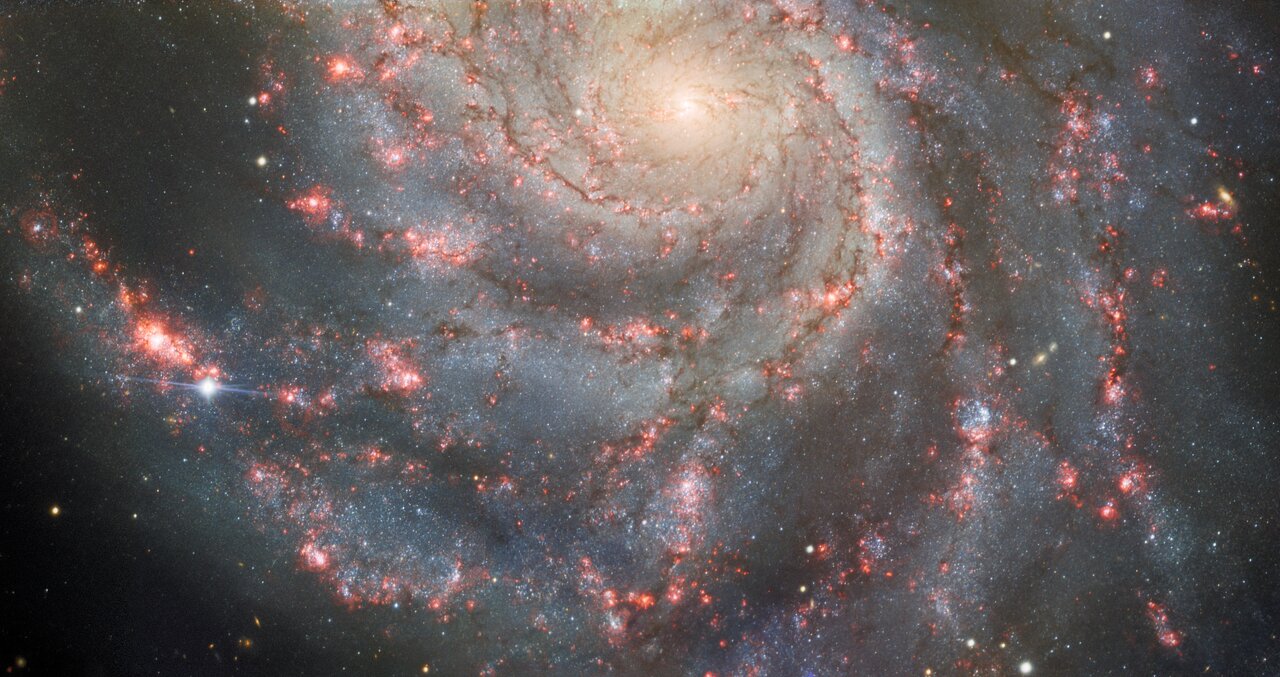
The 8-meter Gemini North telescope has been brought back online after seven months of repairs and refurbishment of its primary mirror. The timing couldn’t have been better, as the telescope was able to capture the brand-new supernova in the famous Pinwheel Galaxy. The bright supernova was first discovered on May 19th, and telescopes worldwide have been revealing its secrets.
Continue reading “Gemini North Returns to Service Just in Time to See a New Supernova”New Detailed Images of the Sun from the World’s Most Powerful Ground-Based Solar Telescope

Our Sun continues to demonstrate its awesome power in a breathtaking collection of recent images taken by the U.S. National Science Foundation’s (NSF’s) Daniel Inouye Solar Telescope, aka Inouye Solar Telescope, which is the world’s largest and most powerful ground-based solar telescope. These images, taken by one of Inouye’s first-generation instruments, the Visible-Broadband Imager (VBI), show our Sun in incredible, up-close detail.
Continue reading “New Detailed Images of the Sun from the World’s Most Powerful Ground-Based Solar Telescope”Triggered Star Birth in the Nessie Nebula
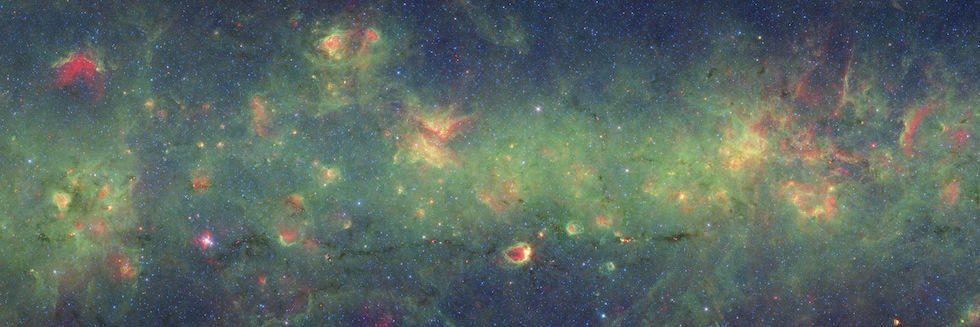
Star formation is one of the oldest processes in the Universe. In the Milky Way and most other galaxies, it unfolds in cold, dark creches of gas and dust. Astronomers study sites of star formation to understand the process. Even though they know much about it, some aspects remain mysterious. That’s particularly true for the “Nessie Nebula” in the constellation Vulpecula. An international team led by astronomer James Jackson studies the nebula and its embedded star-birth regions. They found that it experienced a domino effect called “triggered star formation.”
Continue reading “Triggered Star Birth in the Nessie Nebula”Phew, California’s Largest Reservoir is Nearly Full
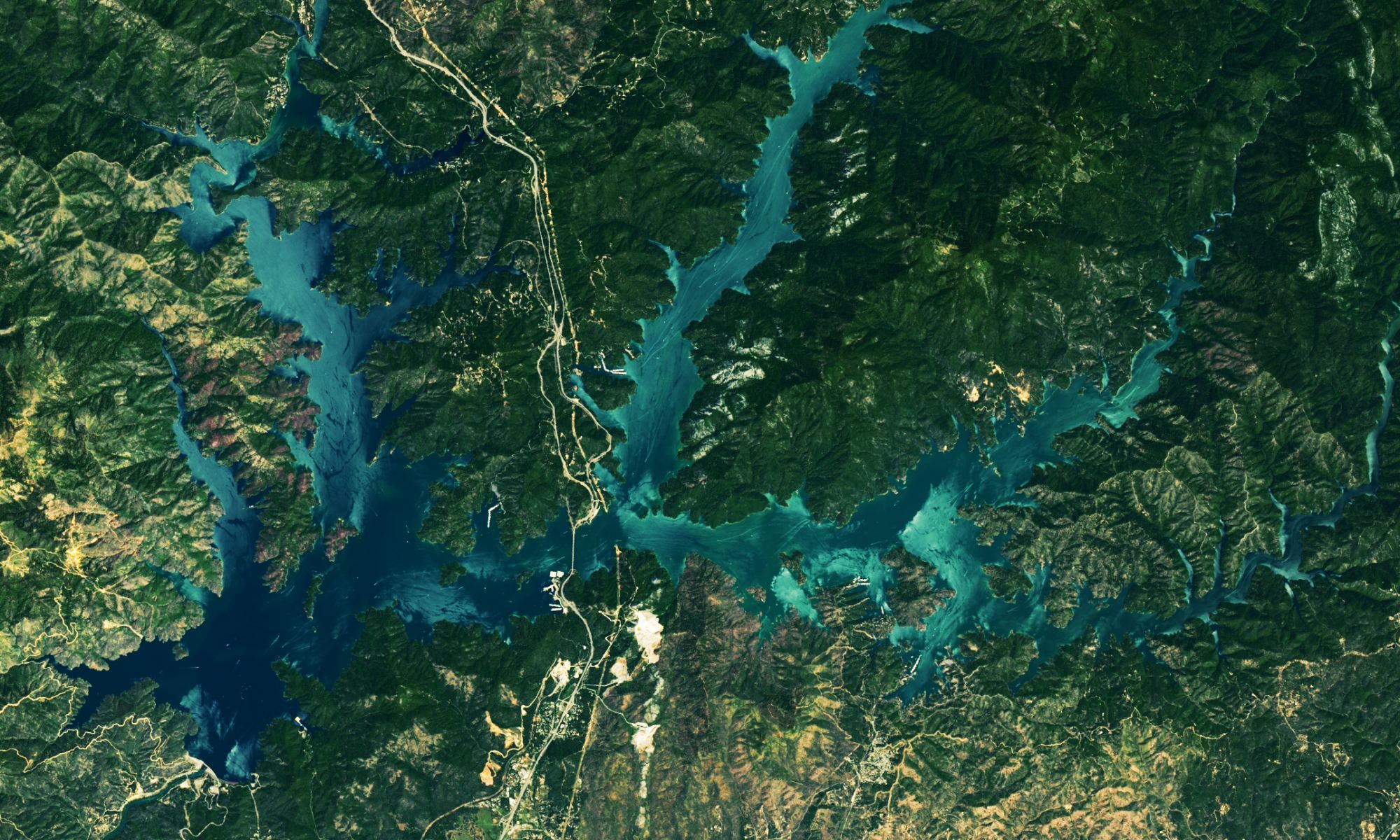
California residents will be glad to know their reservoirs are nearly full again after years of drought. New satellite photos show the levels of Shasta Lake, California’s largest reservoir, going from 31% capacity last November to nearly 100% in May 2023. The reservoir was filled with heavy rains and a significant mountain snowpack that melted into the nearby rivers.
This is the highest levels this lake has seen in over four years, following years of persistent and extreme drought in the US southwest. Scientists are working on ways to recharge ground reservoirs with any excess water, to minimize the effect of the next inevitable drought.
Continue reading “Phew, California’s Largest Reservoir is Nearly Full”
